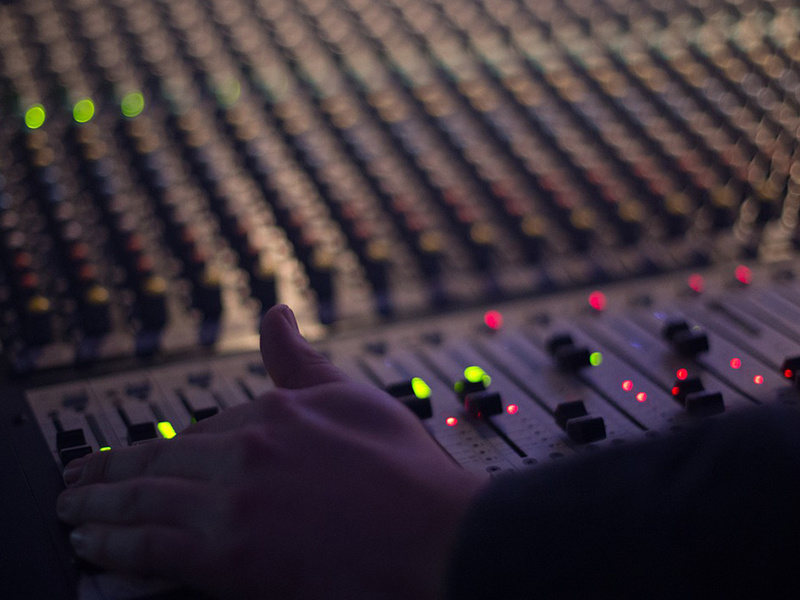


Communication is the most important medium to understand one another. But the way we communicate with other people may vary based on the environment we are in.
What if you belonged in the Aviation industry? What if you were in the middle of a flight? How will you communicate with your crew in the easiest and most understandable way? Communication takes on different forms in aviation– it’s not your typical student-teacher kind of communication.
Aviation communication has five types: verbal, nonverbal, written, written and graphics, and human-machine and machine-machine communications.
Verbal Communication
Verbal communication or speech is the most common communication medium used in an aircraft or in the aviation industry. It is used by the cabin crew, aircraft technicians, pilots, and flight attendants who use this medium to take care and communicate with the passengers. Also, this type of communication lessens the misunderstanding and miscommunication when it comes to giving a job order or information.
Speech or verbal communication is composed of four conventional primary characteristics: intensity, frequency, harmonic composition, and time.
Non-verbal Communication
Nonverbal communication or NVC is important in every person-to-person situation. It has two major kinds– body language and physical appearance.
Researchers found out that there are 6 types of body expressions under non-verbal cues:
Written Communication
This type of communication is more often used in air transport operations, such as flight deck documentations, operation manuals, checklists, data cards, and other parts of flight operations. Also known as one-way communication, sending checklists and or other information to the pilot.
Written and Graphic Communication
In addition to written communication, this form allows the sender to provide a clearer and more specific message to the recipient by providing or including graphic displays in the message.
Some graphics or illustrations include flight maps, charts and cabin displays, and safety demonstrations on screens.
Human-Machine and Machine-Machine Communication
Also called Automation, it is an aviation communication system that helps lessen human error. It is when the pilot communicates with the machine in the form of a command and that message gets transmitted to other machines. Automation lessens the possibility of pilot error when it comes to routine actions, giving them the advantage of being able to focus on more complicated and taxing tasks while also adding a management component to their duties. Also termed as “human-centered automation” here are its principles:
Want to be a master of the skies? It’s possible to learn more about these aviation communication types with WCC. Visit www.wccaviation.com now!
The information contained in this website is for general information purposes only.
While WCC Aviation Company endeavors to keep the information up to date and correct, we make no representations or warranties of any kind, express or implied, about the completeness, accuracy, reliability, suitability or availability with respect to information published in this website.
Click here to read the Privacy Statement in full